New halogen conversion-intercalation chemistry enables high-energy density aqueous Li-ion battery
Green Car Congress
MAY 10, 2019
developed a halogen conversion–intercalation chemistry in graphite that produces composite electrodes with a capacity of 243 mAh g -1 (for the total weight of the electrode) at an average potential of 4.2 volts versus Li/Li +. Proposed conversion–intercalation chemistry. Yang et al.



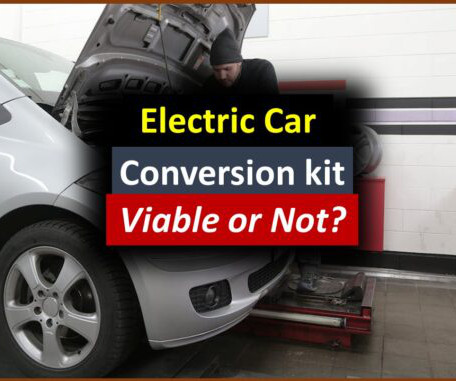



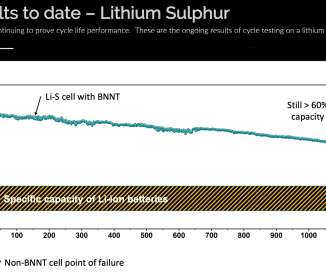

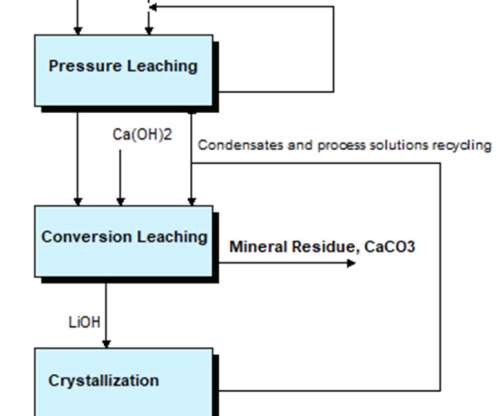






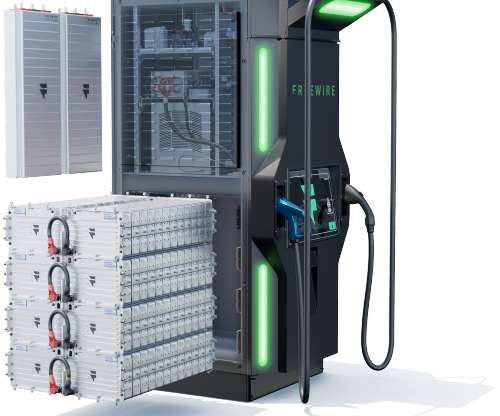













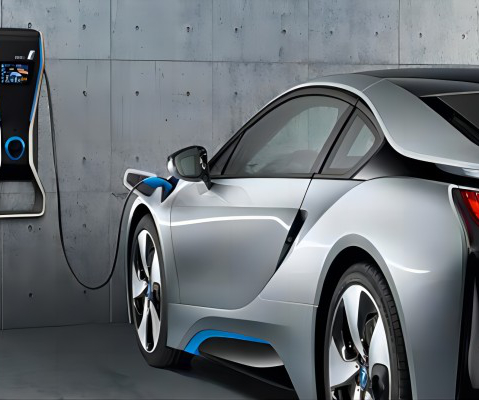
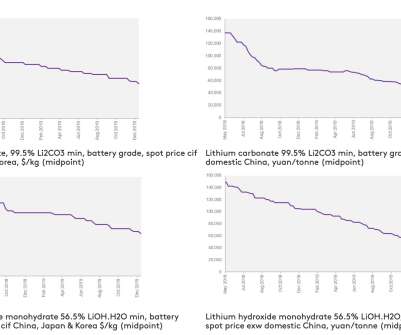















Let's personalize your content